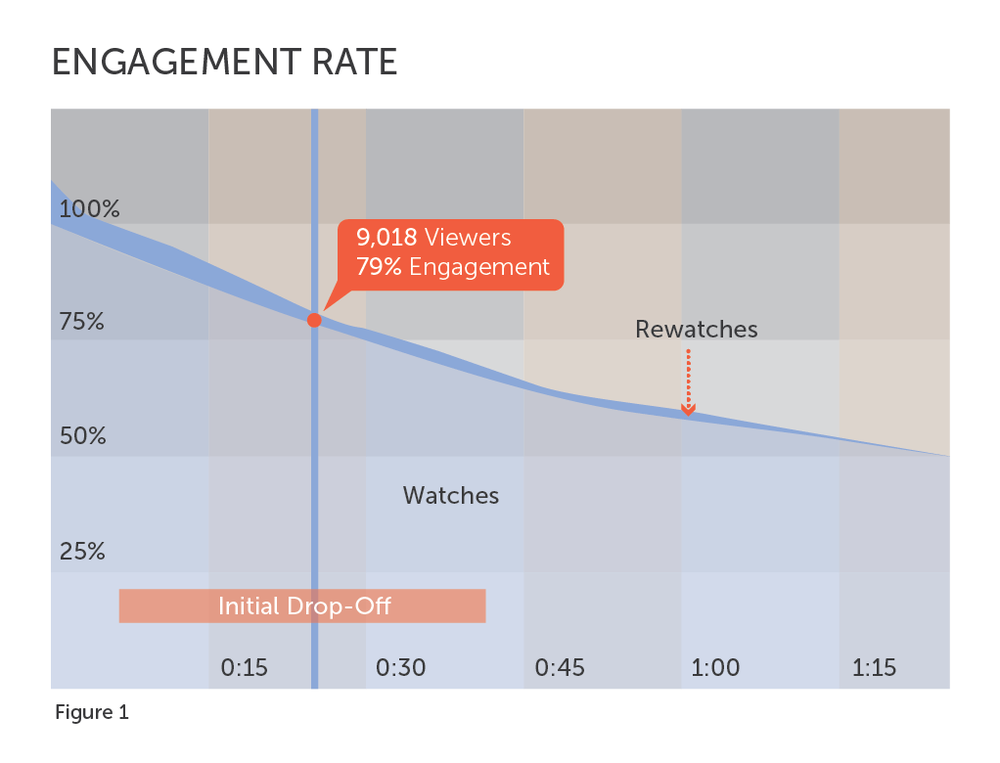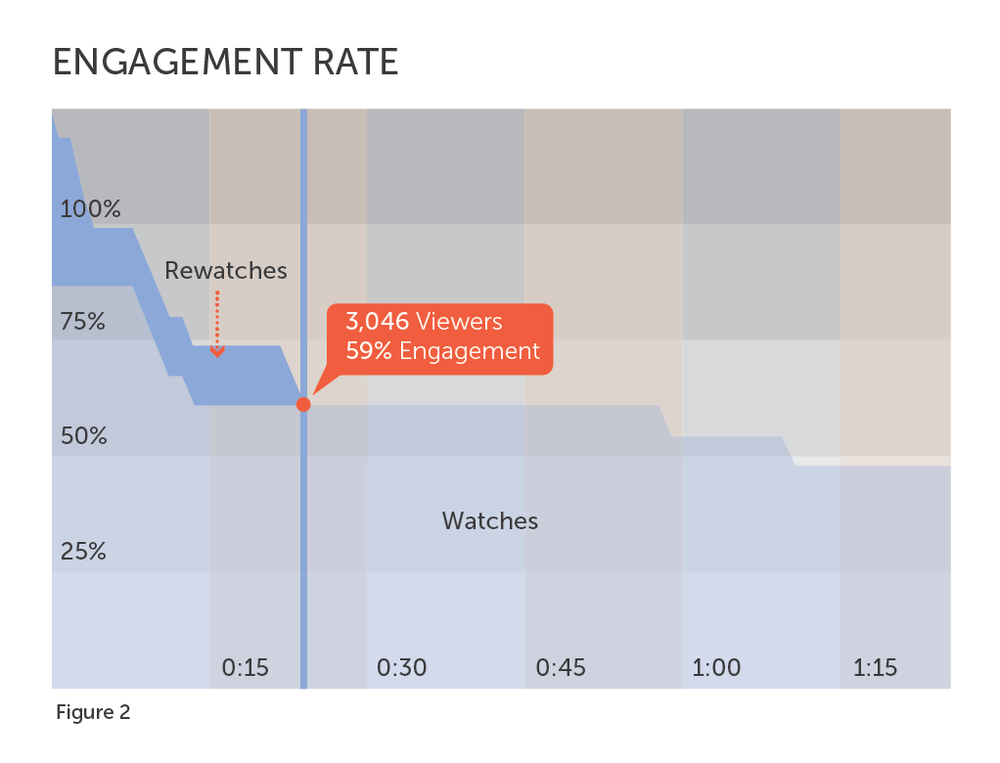Continually Improve Your Best Practices for Lead Generation
Posted by on July 14, 2015 Marketing, Data Analytics
Best practices aren’t created equal. They are only “best” if the practices are profitable for your company. Don’t assume that great strategies work well in all circumstances.
When searching for best practices to produce more leads, we continue to fall short by comparing one company’s leads to another. But, how does lead generation compare in an organization in terms of prioritization and resource allocation? The struggle is to find the best scenario that will solve our problem, fit our budget, and meet our time constraints.
According to “Data-Driven B2B Lead Generation,” a white paper created by B2Beacon, a whopping 70% of marketing budgets are currently allocated to new customer acquisition initiatives. However, 61% of marketers find high quality lead generation problematic.
Whose Best Practices?
There’s nothing wrong with emulating the best practices of top performers, especially until you’ve discovered your own, but choose your models wisely.
Sara Davidson, a marketing operations associate at HubSpot, analyzed the 2013 State of Inbound Marketing Report and discovered where marketers get their customers. Here are some of her findings:
Source: HubSpot
- The best three lead sources for B2B companies are SEO (14%), email marketing, (13%), and social media (12%).
- The best three lead sources for B2C companies are social media (17%), SEO (16%), and email marketing (15%).
- The worst three lead sources for B2B companies are traditional advertising (3%), PPC (6%), and direct mail (6%).
- The worst three lead sources for B2C companies are telemarketing (3%), trade shows (6%), and PPC (6%).
Source: HubSpot
- B2B companies are allocating 12% of their budget to trade shows but only getting 9% of their leads from that source.
- B2B companies are getting 14% of their leads from SEO but only allocating 12% of their budget to that source.
- B2C companies are getting 15% of their leads from SEO but only allocating 13% of their budget to that source.
- B2C companies are allocating 13% of their budget to traditional advertising but only getting 9% of their leads from that source.
The above data offers a snippet of how lead generation can vary from business to business. Learn when and how to implement lead generation techniques that fit your company’s needs. Here are three strategies to get you started today:
1. Monitor Behavior
A targeted approach with your clients will lead to better results. Pay attention to the buyer’s purchasing journey. Work backwards to identify patterns on why and how current clients chose your product over similar brands.
Analyzing the actions of prospects gives your company an advantage. This data offers details on how to engage leads with relevant messages and demos. In addition, be ready to develop a purchasing timeline around your client’s desires. Delivering valuable, bite-sized product information at the right time makes the buying decision easier.
Collect Better Data With Video Metrics
More marketers are benefiting from the use of video. This lead generation strategy can transform how you cater to potential buyers. Are you analyzing the metrics?
The engagement rate, which measures how much of the video people are actually watching, is one of your most important KPI’s.
In Figure 1, this video had an engagement rate of 79%. In this case, “engagement” is defined as having watched the first 25 seconds of the video.
Source: Kissmetrics
In Figure 2, the engagement rate is 59%. This means more than half of the viewers are attentive, but clear drop-offs exist, especially with the re-watches.
Source: Kissmetrics
2. Adapt to New Routines
Old habits die hard. Just like personal habits, it takes a great deal of effort to break institutional routines. Most companies are unable (or unwilling) to move forward because they can’t identify their own failures or opportunities for improvement.
What distinguishes the best from the worst? It lies in the ability to adapt.
Consider remarketing as a tactical initiative. Research shows that remarketing can help increase return visits by 26%. To increase effectiveness, segment your visitors into narrow groups. Remarket complimentary products to existing customers. When visitors leave products in their shopping carts, send a follow-up email or special offer.
Experimentation is vital to marketing and lead generation. Test different tactics, like moving your CTA button or changing blog post titles. Customize and adjust to increase performance metrics.
Case Study: Sermo
MarketingExperiments ran an A/B split test on the landing page of Sermo, a physicians-only social network. Their team wanted to identify which site would produce more leads.

The control site highlights the product, but not the value to the prospect.
Source: MarketingExperiments
The treatment test (see above) focuses on the prospect-level value and presents visitors with the “ask” through a form field. In addition, the design offers a more contemporary approach to landing pages. Revisit your designs annually.
The results spoke volumes. The treatment outperformed the control in lead rate by more than 154%. By presenting content clearly, visitors are more likely to understand the value proposition and complete the lead generation process.
3. Focus on Personalization
The use of “people data” opens the door to personalize customer interactions. An effective marketing strategy will look beyond mass marketing and strive to make every customer feel valued.
Social media has become a staple in personalized lead generation. These channels offer a two-way conversation between the brand and the customer. To ensure the best communication, ask consumers meaningful, not canned questions. Steer clear from condescending remarks.
Think about offline activities, too. Chartio hosts office hours on Thursdays for customers to meet the team, talk data, and give feedback.
Over the last few years, email marketing has gradually moved from generic to specialized. People desire more personalized experiences. Shoppers want to know they are receiving information and discounts geared to their particular interests.
Source: Crazy Egg
When sending personalized emails, explore different options. Increase open rates by 25 percent by adding the customer’s name in the subject line. By analyzing your customers’ data by location and job type, you can pinpoint the best times to send emails to them.
What Are Your Best Practices?
Break free from the notion that every great idea will work for your company. Instead, focus on forging a new path by analyzing your data and creating your own best practice.
From monitoring customer behavior to revamping email campaigns, think boldly and differently to nurture your leads. The best practice is the one that profits your business.








